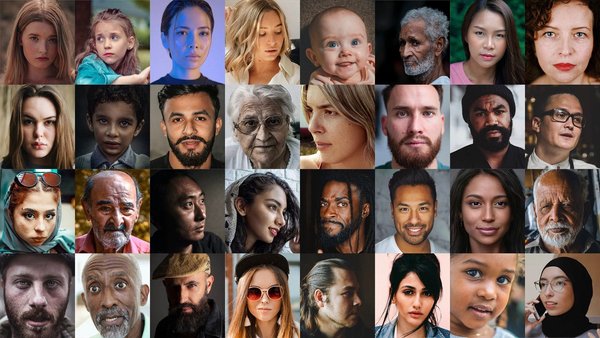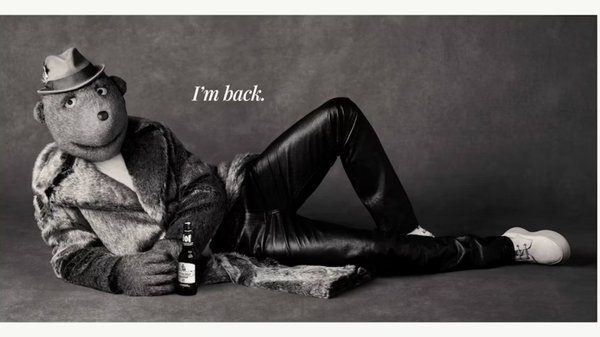Why virtual clothes have become actual fashion /
Virtual fashion presents an opportunity for brands to be more sustainable and satisfy an appetite for digital goods
Chloe Markowicz
/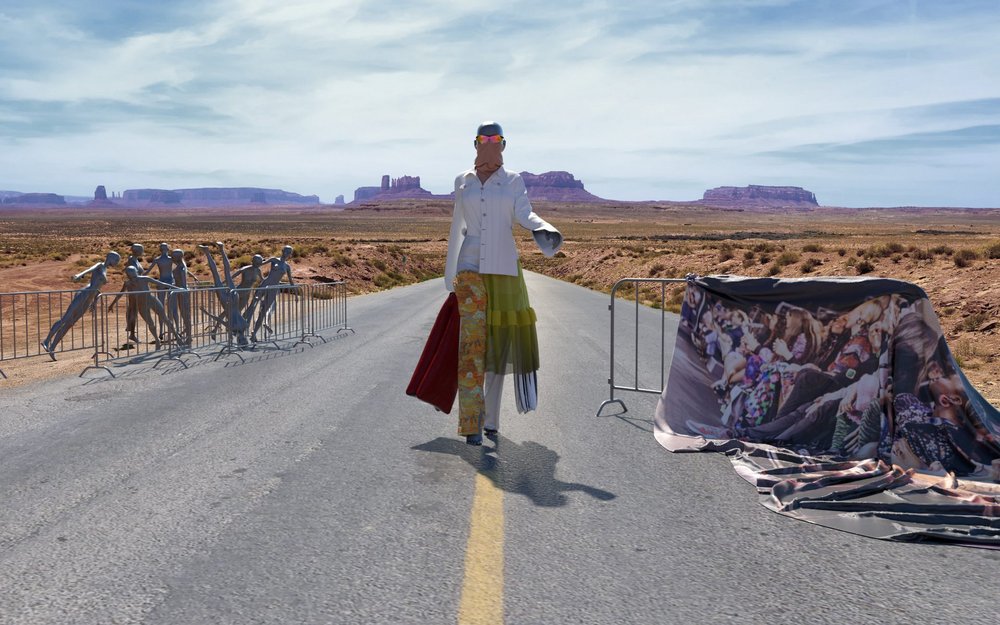
Last year, Richard Ma spent $9,500 on a dress for his wife. Not a particularly unusual move for the CEO of a successful Silicon Valley startup. Except that it wasn’t actually a real dress. This wasn’t a case of the emperor’s new clothes, the dress was, in fact, digital couture that only existed online. Designed by Dutch digital fashion house The Fabricant, Mrs Ma’s new dress was bought via blockchain and then tailored digitally to fit a photo of its owner.
The Fabricant isn’t the only fashion company designing clothes that can be only worn digitally. Happy99, for example, makes gravity defying shoes that are a hit on Instagram, where they have captured the attention of celebrities, including Grimes and Lady Gaga.
It might be difficult to imagine spending any amount of cash, let alone almost $10,000 on clothing that can only be worn on social media. But this behaviour is an extension of what’s been happening in gaming for years, as players have become increasingly willing to spend real money on digital assets. And there’s a real business opportunity for brands who understand that their goods can hold social cachet, and therefore monetary value, even if they’re virtual. After all, we live in a world where someone thought it was a good investment to shell out $140,000 on a CryptoKitty. (Yes, Christies really did auction a feline digital art piece for this eye-watering sum two years ago.)
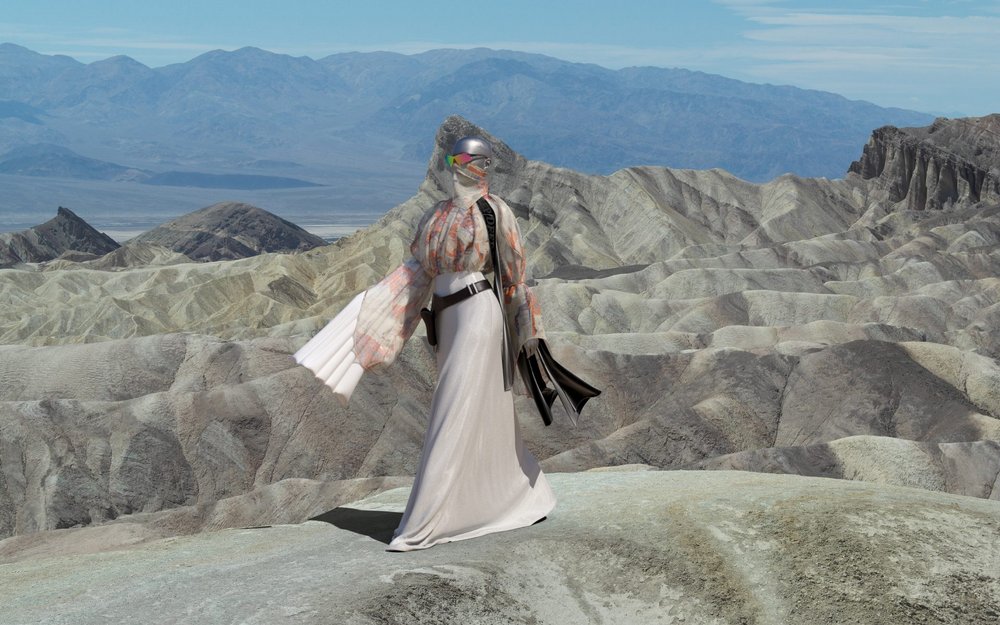
In a 2018 survey of Fortnite players, fintech company LendEDU found that 68.8% of them spent money on in-game purchases. And of the $84.67 that players reported having spent on average in the game, the largest portion of this sum (58.9%) went towards virtual outfits or characters. This appetite for virtual goods explains why, towards the end of last year, Louis Vuitton announced that it was partnering with League of Legends to create custom fashion looks and accessories that players could purchase for between $10 and 20 – but only to be worn in the game. People really are spending money on digital branded items like these. According to the Financial Times, luxury watch brand Tissot has sold more than 113,000 virtual watches through its partnership with the NBA 2K videogame.
But there’s another reason for brands to invest in virtual fashion, besides the fact that people want to buy digital goods and accessories. According to the United Nations’ Environment Programme, the global fashion industry is responsible for approximately 10% of greenhouse gas emissions – more than all international flights and shipping combined. It reportedly takes about 7,500 litres of water to produce single pair of jeans. Guess how much water is needed to produce a virtual pair?
Fast fashion retailers are only encouraging our seemingly insatiable hunger for new clothes. According to The Wall Street Journal, people now buy five times more clothing than they did in 1980. And of the 80 billion items of clothing purchased globally every year, each piece is worn approximately just seven times before it is thrown away, reports UK charity Barnardo’s.
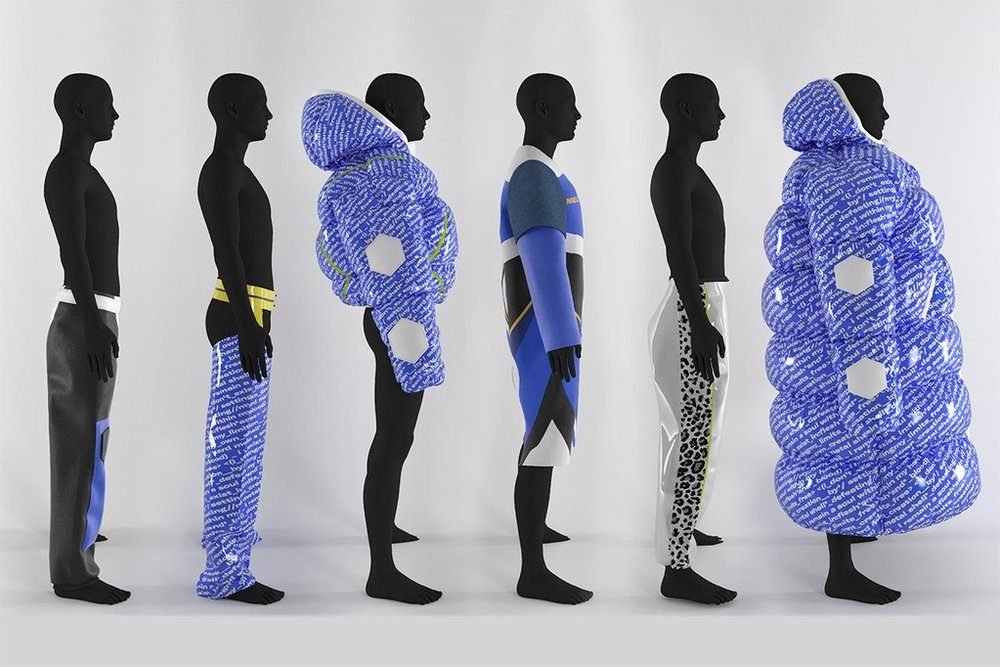
The pressure to post shots of fresh new looks online has only made people more wasteful. According to a Barclaycard study, in the UK 9% of shoppers admit to buying clothing just so they can wear it on social media. Recognising that people buy fashion, just for the ‘Gram, Norwegian clothing brand Carlings developed a clothing range that only existed digitally, and so was much more sustainable than anything made with thread and needle. The Neo-Ex collection, created with agency Virtue Nordic in 2018, featured digital pieces that cost up to $35. Once shoppers handed over their money, they received edited photos of themselves in the virtual clothes. The agency told us it had more than 200 orders in total. ‘We saw that #outfitoftheday is one of the most-used hashtags in the world,’ said Morten Grubak, creative director at Virtue Nordic. ‘Most of the time it's about people wanting to flash their new clothes on social media; they are only wearing those clothes once and then returning them. So we thought: “If that’s the case, why don’t we create a piece of digital clothing instead?”’
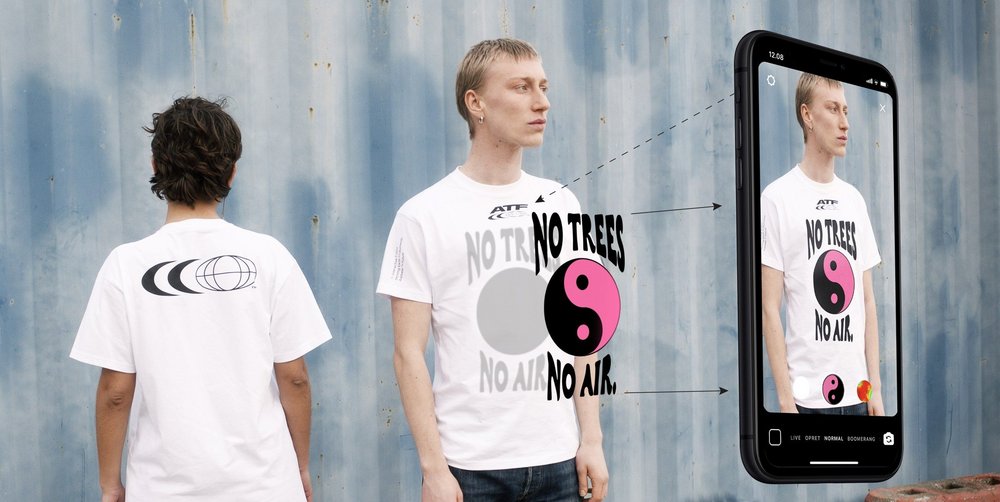
Buoyed by the popularity of the Neo-Ex collection, at the end of last year Carlings launched a T-shirt that can be updated digitally with an Instagram filter to reveal a new design every time someone wears it. Grubak recognises that the project is a relatively small step to encourage greater sustainability in fashion but he’s hopeful that it might help change attitudes. ‘If this campaign results in just a little bit less consumption, then we are happy about it,’ he said.
For Carlings, virtual fashion represents a potential new revenue stream, as well as a marketing opportunity. But Tommy Hilfiger is investing even more seriously in virtual fashion. At last year’s Web Summit, the brand announced that from Spring 2022 onwards its would be designing all its clothing collections using 3D design technology. ‘This is a critical step in our brand’s digital, innovation and sustainability journey,’ Tommy Hilfiger’s CEO Daniel Grieder wrote on LinkedIn. ‘It means we’ll no longer have to produce physical designs or samples, reducing our waste and shipping footprints.’ Though virtual fashion has been dismissed as a gimmick, for a brand like Tommy Hilfiger it’s a way for its business to support sustainability and circularity.
For fashion brands, creating virtual clothing and accessories represents both a lucrative business opportunity, as well as a way to promote sustainability. ‘Digital fashion will become an important part of every fashion business' future business model,’ Matthew Drinkwater, head of the Fashion Innovation Agency at the London College of Fashion, told Vogue Business.
Like the way we think? Contagious members get access to our online intelligence tool, I/O, which is packed with case studies and in-depth interviews, and a whole lot more. Find out more about Contagious membership here.
Want more of the same? /
We don’t just write about best-in-class campaigns, interviews and trends. Our Members also receive access to briefings, online training, webinars, live events and much more.
